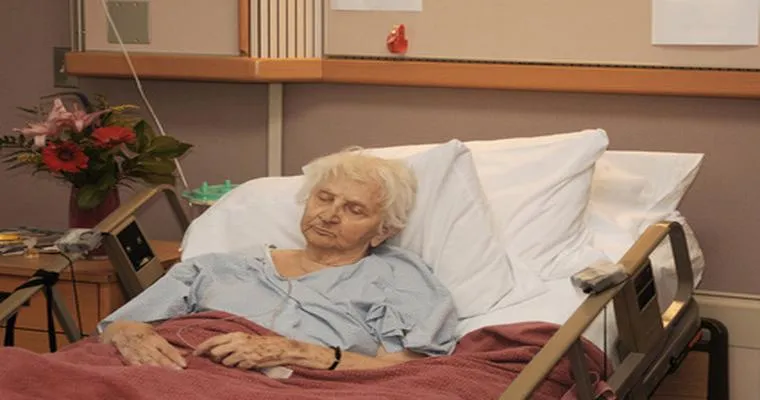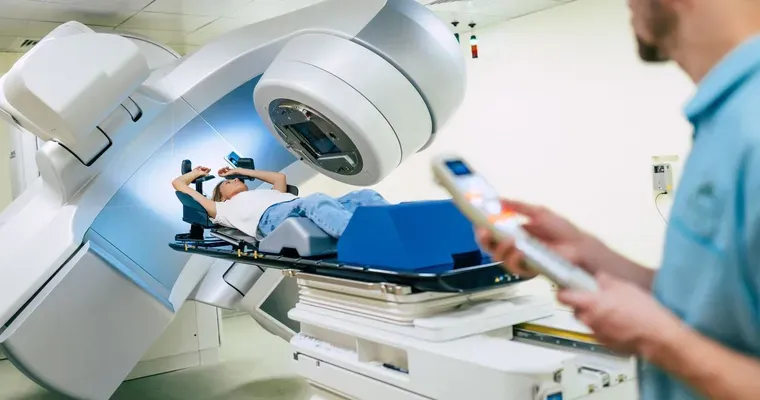When caring for a loved one with "advanced dementia", making medical decisions can be challenging. One such procedure is the placement of a "central line" in the "groin". This article aims to address the concerns surrounding this procedure, particularly focusing on the question of whether it causes pain or discomfort.
A central line is a type of catheter that is inserted into a large vein to provide long-term access for medication administration, nutrition, or blood draws. Placing a central line in the groin, also known as a "femoral central line", is sometimes necessary for patients who may have limited vascular access due to their condition or treatment history.
Understanding the Procedure
The procedure typically involves the following steps:
1. "Preparation": The medical team will explain the procedure to the caregiver and the patient, ensuring that all concerns are addressed.
2. "Anesthesia": Local anesthesia is administered to numb the area where the catheter will be inserted, minimizing pain during the procedure.
3. "Insertion": A small incision is made in the groin area, and the central line is carefully threaded into the vein.
4. "Confirmation": The placement is confirmed using imaging techniques, ensuring that the catheter is correctly positioned.
Pain Management
Pain perception can vary significantly among individuals, especially among those with "advanced dementia". While the local anesthesia should alleviate most of the discomfort, some patients may still experience a sensation of pressure or mild discomfort during the insertion process. It is essential to communicate any signs of discomfort to the healthcare team, as they can adjust their approach to ensure the patient’s comfort.
Post-Procedure Care
After the central line is placed, monitoring is crucial. Patients may experience some soreness at the insertion site, which should gradually improve. Caregivers should be vigilant for any signs of infection or complications, such as excessive swelling, redness, or fever. If any concerning symptoms arise, contacting the healthcare provider promptly is essential.
Emotional Considerations
For caregivers, the emotional aspect of placing a central line in a loved one with "advanced dementia" can be overwhelming. It is natural to feel anxious about the procedure and its implications. Engaging in open discussions with healthcare professionals can help alleviate fears and provide clarity on what to expect.
Conclusion
In summary, the procedure of placing a central line in the groin for a loved one with "advanced dementia" is generally manageable in terms of pain. With proper anesthesia and care, the discomfort can be minimized. Caregivers should remain informed and involved in the decision-making process, ensuring that their loved one receives the best possible care with the least amount of distress. Always consult with healthcare professionals for personalized advice tailored to the specific needs of your loved one.





